This website uses cookies so that we can provide you with the best user experience possible. Cookie information is stored in your browser and performs functions such as recognising you when you return to our website and helping our team to understand which sections of the website you find most interesting and useful.
How Artificial Intelligence Is Transforming the World in 2026 and Beyond
Written by
NetizensMarch 6, 2023
9 min read
Imagine a society in which your city knows exactly when to send an ambulance, your doctor detects health problems before you become ill, and your car drives itself. That is the reality that artificial intelligence (AI) is currently creating; it is not science fiction. AI functions similarly to an extremely intelligent assistant, analyzing vast volumes of data to make decisions that improve efficiency, safety, and quality of life. AI could contribute an astounding $15.7 trillion to the global economy by 2030, which would represent a 14% increase in global GDP, according to PwC’s most recent projections! Everything is changing as a result, including how we shop and how countries protect themselves.
However, enormous power also carries a great deal of responsibility. The development of AI brings up important issues regarding privacy, justice, and control. We’ll examine how AI is transforming sectors like finance, healthcare, and transportation, discuss the complex ethical issues, and offer solutions to ensure AI benefits everyone in this blog. Stay tuned to learn how AI is changing our world and what we can do to steer it in the right direction, whether you’re a policymaker, business owner, or an inquisitive reader.
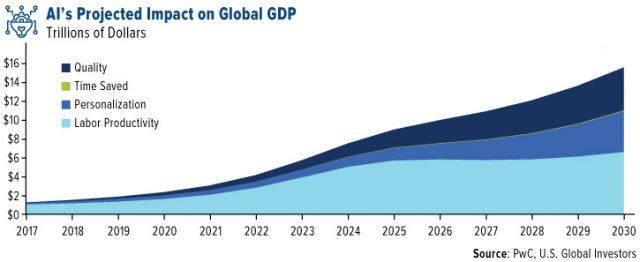
The Core Qualities of Artificial Intelligence
What, then, is so unique about AI? It’s more than just a sophisticated computer program; it’s a system that functions and thinks somewhat like humans but has the capacity to process data extremely quickly. Let’s dissect the three key characteristics that make AI revolutionary.
If you’re curious about how artificial intelligence differs from artificial general intelligence, check out this detailed guide on the difference between AI and AGI.
Intentionality
Think of AI as an extremely intelligent decision-maker. Unlike a traditional calculator, it doesn't simply follow a script. Rather, it gathers real-time data from sources such as sensors, applications, or even satellites, combines it, and makes decisions as it goes. AI is acting intentionally and purposefully when it avoids potholes that it "sees" with its cameras, which is made possible by incredibly rapid technological advancements in data processing and storage.
Intelligence
Machine learning, which is similar to teaching a computer to recognize patterns the way humans do, is the source of AI's intelligence. It can learn what is normal or significant if you give it enough information, such as pictures, texts, or even weather reports. Banks, for instance, use AI to identify unusual spending patterns that could indicate fraud, preventing millions of dollars in losses by identifying issues early.
Adaptability
The cool thing about AI is that it learns from mistakes, just like you do when you burn toast and fix the toaster the next time. For example, in the transportation industry, one AI-powered truck can instantly communicate road updates to other trucks, preventing traffic jams without a human being having to do anything. It resembles a group of cars learning from one another in real time.
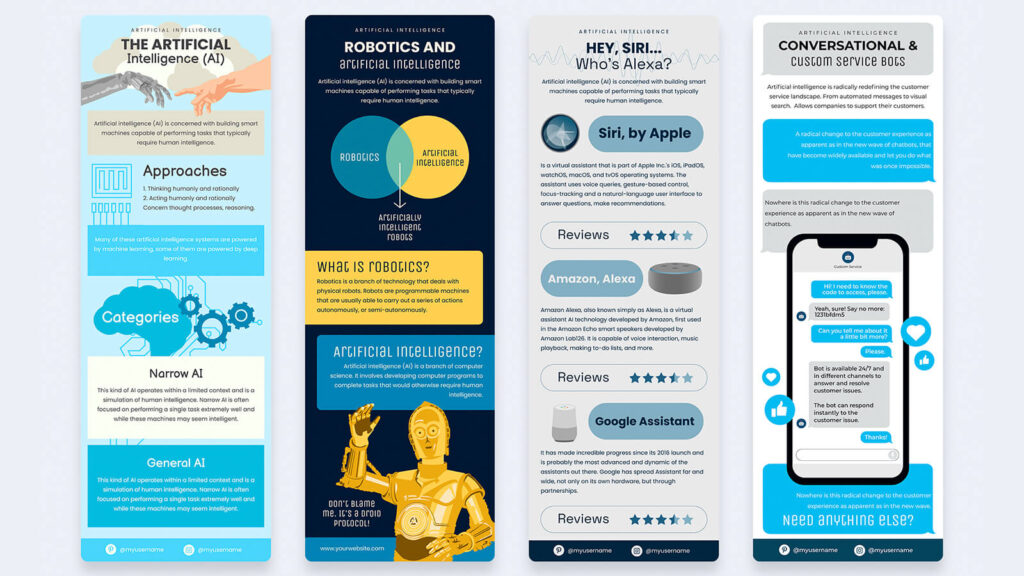
AI Applications Across Sectors
AI is transforming how we work, live, and move; it is not merely a concept in a lab. According to McKinsey experts, it could boost GDP growth by 1.2% annually and contribute $13 trillion to the global economy by 2030. Let’s explore some areas where artificial intelligence is causing a stir.
For a closer look at how AI-powered apps and platforms are reshaping productivity, don’t miss our list of the best AI tools to help you work and create.
Finance
Have you ever wondered how your bank detects a suspicious transaction before you do? AI is at work there. AI is used in finance to power robo-advisers, which create personalized investment plans without the need for a stockbroker.

High-frequency trading bots outperform humans on Wall Street, completing trades in milliseconds. Financial firms invested $35 billion in AI in 2023, and as banks rely on AI for everything from loan approvals to fraud detection, that amount is predicted to rise.
Businesses are also adopting conversational solutions powered by GPT-based models. Discover the benefits of making AI chatbots by integrating GPT-3 for smarter customer communication and automation.
Consider JPMorgan’s COIN platform, which saves 360,000 hours of labor annually by quickly sorting through legal contracts. It would be equivalent to providing workers with additional coffee breaks for months!
National Security
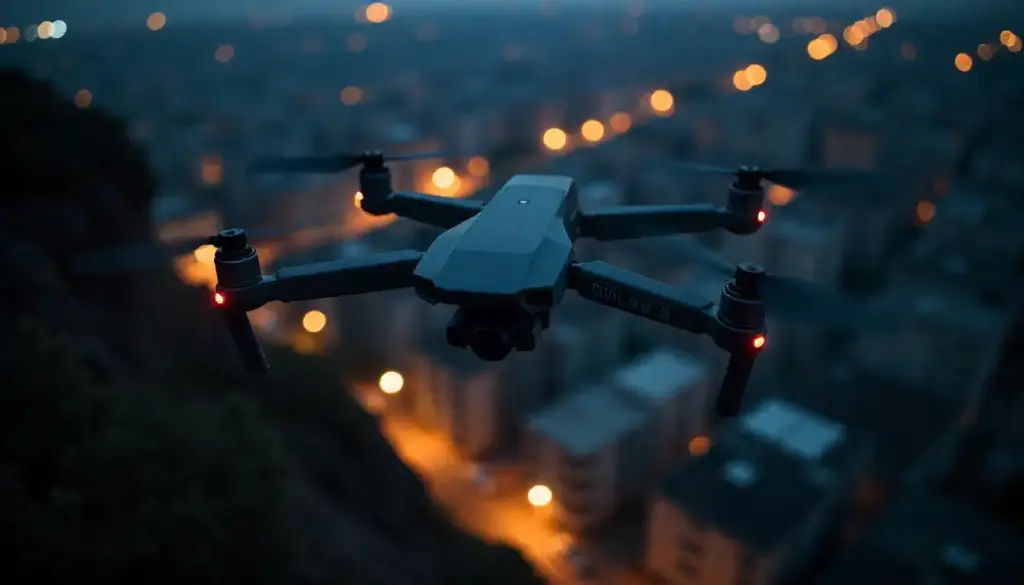
AI also plays a significant role in defense. Project Maven, a U.S. military initiative, employs artificial intelligence (AI) to search through vast amounts of surveillance footage and identify patterns that humans might overlook. It is comparable to having a never-sleeping, industrious analyst.
China and other nations are placing large bets on the use of AI for everything from facial recognition to counterterrorism, with plans to build a $100 billion AI industry by 2030 and a $138 billion fund over 20 years. However, this speed is known as “hyperwar,” where AI makes decisions on the battlefield more quickly than any general, raising serious concerns about control.
Assistência médica

AI is similar to a very intelligent doctor’s assistant in hospitals. It is quicker and less expensive than humans at scanning medical images, such as CT scans, to identify minute problems, such as malignant lymph nodes. For instance, Merantix uses AI to identify issues that would otherwise cost radiologists thousands of dollars and hours.
AI also assists physicians in preventing patients from visiting the emergency room by forecasting health hazards such as heart failure. By automating processes and identifying problems early, AI has the potential to save the US healthcare system $150 billion by 2026. Giving a crystal ball to every doctor is analogous to that.
Criminal Justice
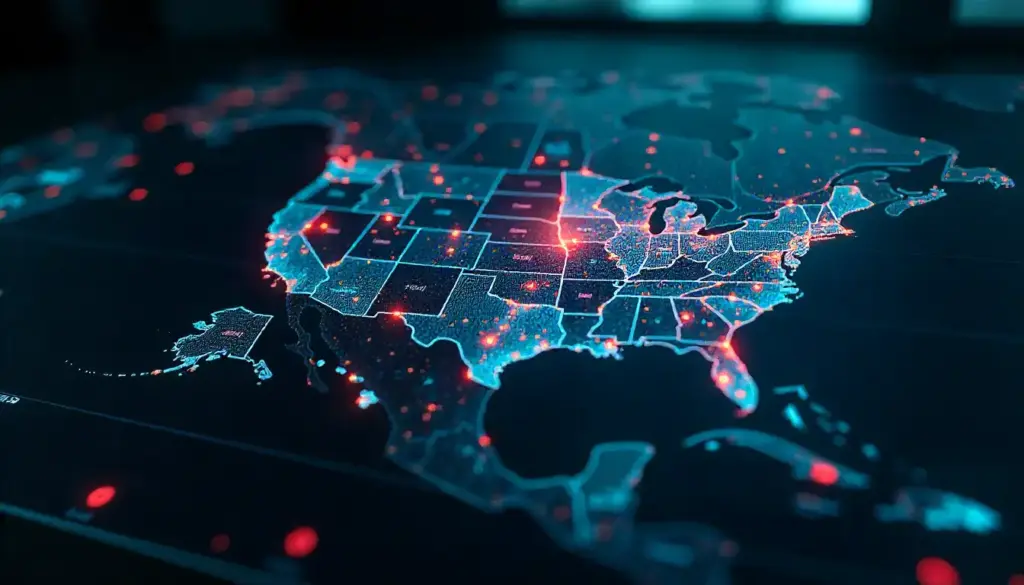
Although there is some debate, AI is making our streets safer. The Strategic Subject List is a tool used by Chicago police to forecast potential criminals based on information such as arrests and gang affiliations. According to studies, smart technology could expedite emergency responses and reduce crime by 30–40%. However, some believe it hasn’t completely stopped crime waves and unfairly singles out particular groups, particularly minorities. It’s a fine line between safety and equity.
Transportation
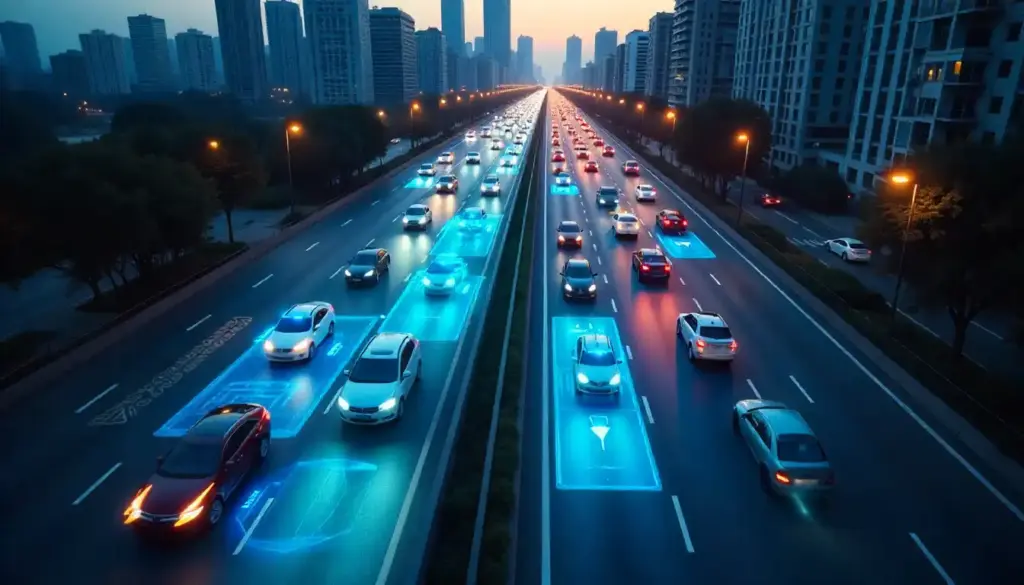
AI has made self-driving cars a reality, not just a sci-fi fantasy. These vehicles navigate roads and avoid obstacles by using cameras, sensors, and LIDAR (radar with lasers). Businesses spent $19.6 billion on sustainable mobility in 2024, including delivery drones and driverless buses. Although a terrible 2018 accident demonstrated that we still need to work out safety issues, Uber’s agreement to purchase 24,000 self-driving Volvos is a great example. Though it’s still in its early stages, AI is making travel smarter.
Smart Cities

AI is making cities smarter. AI saves time and lives in Cincinnati by assisting dispatchers in determining whether to send an ambulance or provide on-site medical care. By 2025, more than $150 billion had been invested in smart city initiatives across the United States, ranging from energy-saving grids to sensors that can manage traffic. Leading the way are cities like Boston and Seattle, which are utilizing AI to improve services and reduce waste. It’s similar to giving your city superpowers to solve issues more quickly.
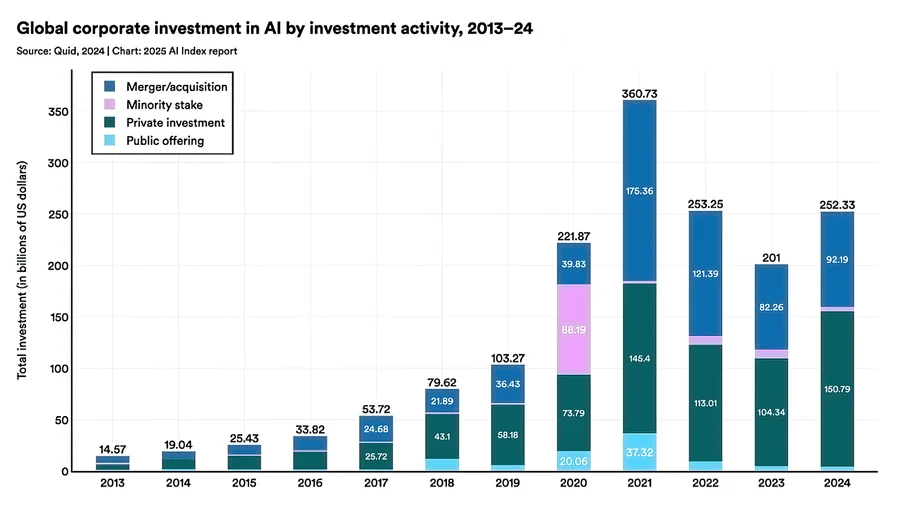
Challenges and Ethical Considerations
AI’s awesome, but it’s not perfect. As it weaves into our lives, it brings some big challenges we can’t ignore.
- Data Access: AI needs data to shine, but most of it’s locked up in private hands. Without open, safe ways to share data, we’re missing out on AI’s full potential. Think of it like trying to bake a cake with half the ingredients.
- Algorithmic Bias: AI can accidentally pick up old prejudices. For example, facial recognition systems can misidentify people with darker skin or certain conditions, like Down syndrome, up to 10 times more often than others. That’s not just unfair, it’s harmful.
- Ethics and Transparency: AI makes decisions, but how? If we don’t understand the “why” behind its choices, it’s like trusting a black box to run our lives. We need clear rules to keep AI honest.
- Legal Liability: When things go wrong, like the 2018 Uber crash that killed a pedestrian, who’s to blame? The driver? The company? The AI itself? Sorting this out is crucial to keep AI safe.
Poll: What’s your biggest concern about AI?
Thanks for voting!
Policy Recommendations for Responsible AI Development
To make AI a force for good, we need smart policies. Here are nine ways to get it right, updated for 2025:
- Open Up Data Safely: Create shared data pools for researchers while keeping personal info private. It’s like building a public library for data.
- Invest More in AI: The U.S. spent $109.1 billion on private AI in 2024, but China’s catching up fast with $9.3 billion in public funds. Let’s keep the momentum going.
- Train the Next Generation: Schools need to teach AI skills, coding, critical thinking, and ethics, to prepare kids for an AI-powered world.
- Form an AI Advisory Team: A federal committee should guide AI policies, reporting back in 180 days, not two years, to keep up with the fast pace.
- Work with Local Leaders: Cities like New York are already tackling AI fairness, let’s support them with clear guidelines.
- Focus on Big-Picture Rules: Don’t micromanage algorithms; set broad goals like fairness and safety to spark innovation.
- Fight Bias: Regularly check AI for unfair patterns to avoid repeating past mistakes.
- Keep Humans in Charge: AI should assist, not replace, human judgment to avoid runaway systems.
- Crack Down on Misuse: Punish hackers and boost cybersecurity to keep AI from being weaponized.
In business environments, maintaining that human-AI balance is essential. Explore how AI for proactive customer service solutions helps companies automate responses while keeping real empathy in the loop.
The Future of AI: Opportunities and Risks
AI’s future is bright but comes with some clouds. It could transform industries, making healthcare more affordable and cities more livable. China predicts a 26% GDP boost by 2030 from AI alone. But there’s a flip side: jobs might shift, and ethical slip-ups could widen inequalities. You can learn more about the impact of AI on the job market and how automation is changing work opportunities worldwide. The key is balance, using AI to solve problems while keeping fairness and humanity first.
Conclusion
The rules governing our lives, careers, and relationships are being rewritten by AI. It’s already a revolution, from improving city intelligence to saving lives in hospitals. However, its power also carries with it the obligation to address bias, safeguard privacy, and maintain human control. Together, governments, corporations, and regular citizens can create an AI future that benefits all.
“AI is not just a technology; it’s a revolution that demands ethical stewardship to shape a better future.”
Stay curious, keep learning, and let’s advocate for an AI-powered world that’s fair and inclusive.
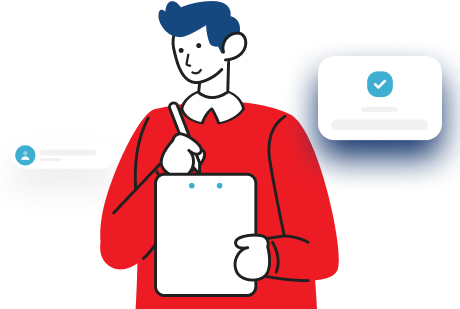
Let's Start Your Project
Get free consultation for your digital product idea to turn it into reality!
Get StartedRelated Blog & Articles
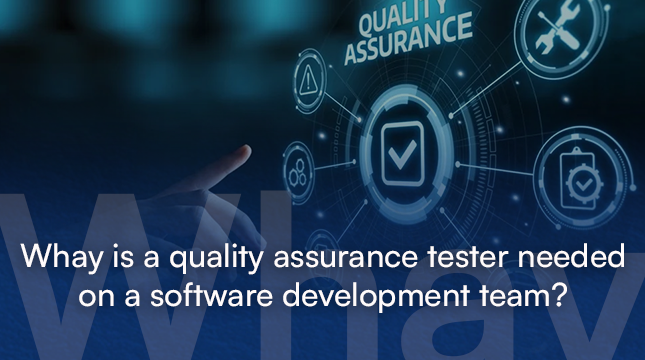
Netizens
25 de março de 2024
Why is Quality Assurance Tester needed on a Software Development Team?
Imagine building a house without checking if the foundation is level or if the roof leaks.
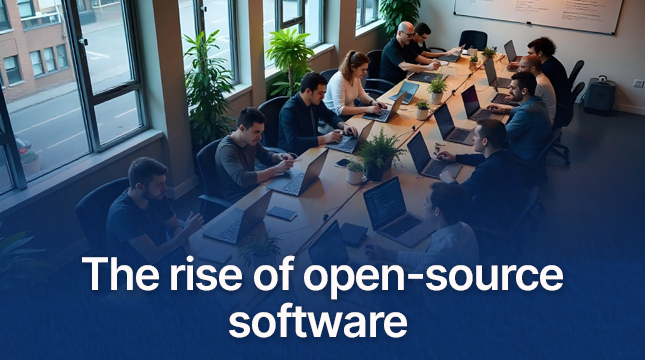
Netizens
23 de outubro de 2024
A ascensão do software de código aberto: transformando o cenário tecnológico
Open-source software has become increasingly popular over the years, changing how we approach technology development and

Netizens
May 10, 2024
JSON Formatter and Validator Tool
Welcome to our JSON Formatter and Validator tool, a powerful, developer-friendly utility designed to streamline your




